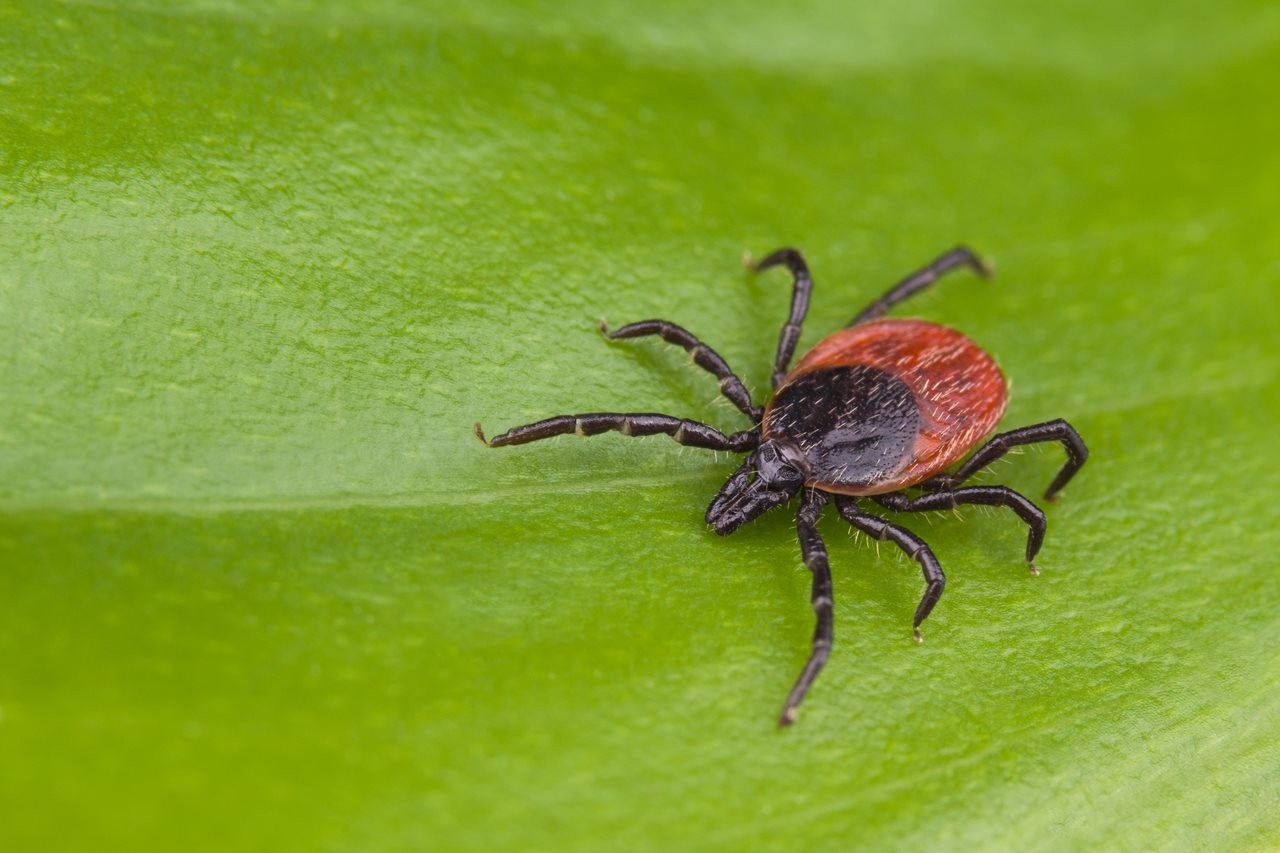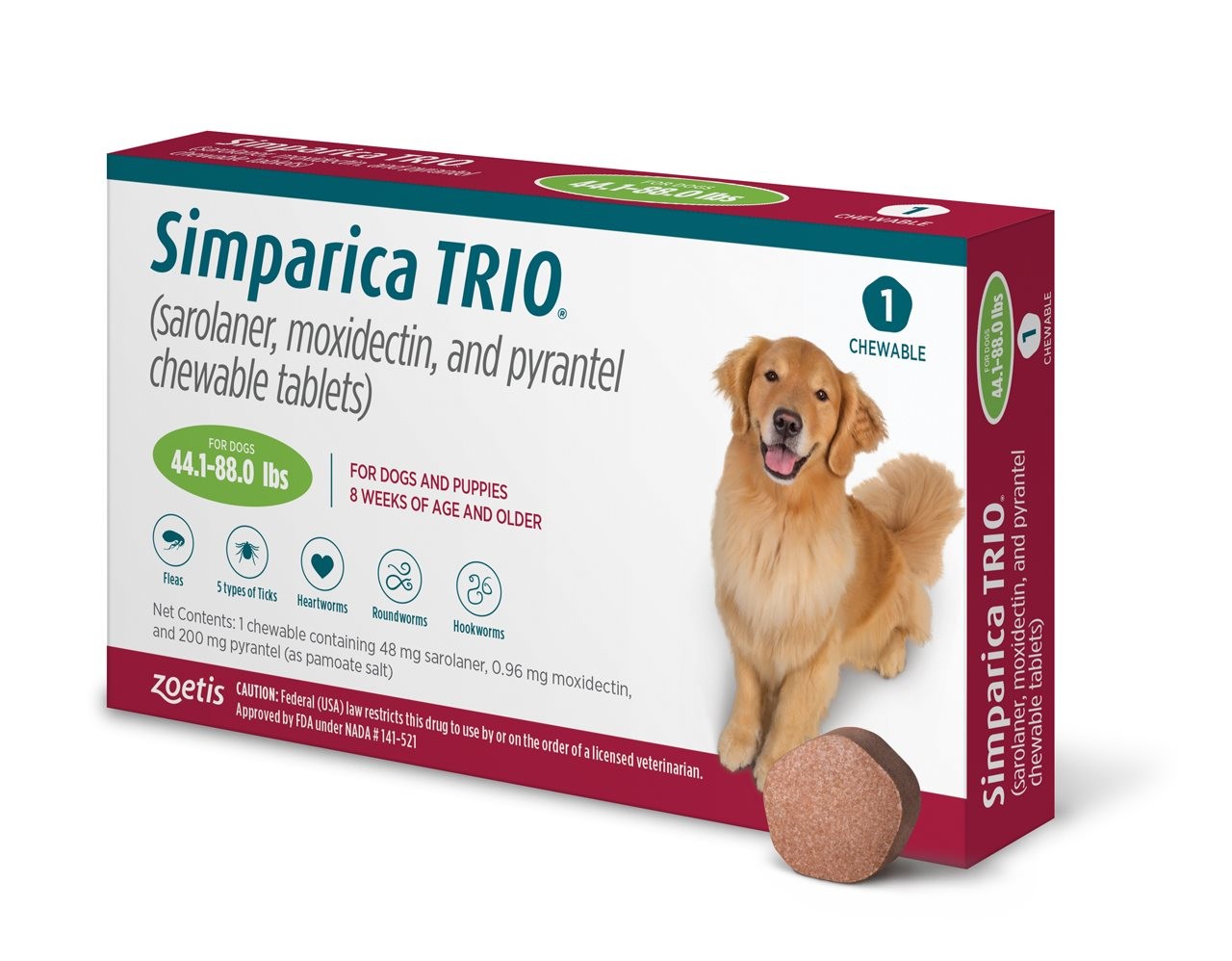(BPT) – Your dog is a part of your family and that means their health and wellbeing, including preventing parasitic diseases like Lyme and heartworm, is a priority. Lyme disease is one of the most common tick-borne illnesses transmitted to dogs, and data shows that it is a growing threat to dogs in the United States.1 In 2021, one in 20 dogs tested across the United States was positive for Lyme infection.2
This staggering statistic can give any dog owner pause. It’s important to learn more about the dangers of Lyme disease to ensure you’re doing all that you can to take the best care of your pup.
How do dogs get Lyme disease?

Lyme disease is passed to both humans and animals by a small black-legged deer tick infected with the bacteria, Borrelia burgdorferi. Deer ticks are found in forests or wooded areas, grassy fields and marshy areas near rivers, lakes or oceans. People or animals may be bitten by deer ticks anytime they are outside in these environments, including in their own backyards.3 Ticks can also be carried into your home on clothing or pets and then attach to others so it’s important to carefully examine outerwear like coats or backpacks and your dog or cat.4
When are deer ticks active?
In many parts of the United States, ticks are a concern year-round. Most people don’t realize adult deer ticks can be active in the fall, winter and early spring when ambient air temperatures exceed 40 degrees Fahrenheit.5 It’s important to take precautions to protect your dog all year long.
How can you protect your dog from Lyme disease?

Simparica Trio is the first and only combination product demonstrated to prevent infections that may cause Lyme disease by killing deer (black-legged) ticks. It is the only chewable proven to kill five kinds of ticks*, fleas, roundworms** and hookworms***, and also protect against heartworm disease.
Combination treatments like Simparica Trio make it easy for busy pet owners to stay on top of their dog’s health – one chew once a month will protect pups against these major health threats. Learn more about Simparica Trio at SimparicaTrio.com or talk to your veterinarian, who should always be your first call when it comes to decisions for your pet’s health care.
What are the symptoms of Lyme disease in dogs?

The challenge for dog owners is that the disease can be difficult to detect because the symptoms of Lyme disease can fluctuate or be non-specific. An additional complicating factor is that ticks can be very small and easily missed. Pet owners are often shocked when their dog tests positive for Lyme disease, because they don’t remember seeing a tick or signs of their dog being sick. Some symptoms of Lyme disease that dog owners should be on the lookout for include:5
- Visible symptoms of lameness (an inability to properly use one or more limbs)
- Swollen lymph nodes
- Joint swelling
- Fatigue
- Loss of appetite
If you notice any of these symptoms, see your veterinarian so your dog can be tested for Lyme disease. Left untreated, Lyme disease can be deadly or lead to damage to the kidneys, nervous system and heart.5
When should you check your dog for ticks?

Even if your dog has been vaccinated and is on a tick control product, it’s important to have an annual screening for Lyme disease, and do a tick check after spending time outdoors, especially in grassy or wooded areas. If you find a tick, remove it as soon as possible before the tick has a chance to potentially transmit the bacteria that causes Lyme disease, which typically takes 24-48 hours after the tick attaches itself to your dog.5,6
How do you remove a tick if you find one on your dog?
Use fine-tipped tweezers to grab the tick as close to the skin as possible. Using steady and even pressure, pull the tick straight up, being careful not to twist or jerk. Once the tick is removed, clean the bite area and your hands with soap and water, or rubbing alcohol.7 For more detailed tick removal instructions, visit ZoetisPetCare.com.
Are there treatments if your dog tests positive?
If your dog tests positive for Lyme disease, your veterinarian can advise you on treatment options, including antibiotics.6 However, treatment can be costly and Lyme disease can have lasting effects on your pup for the rest of his life. Preventative measures, such as getting a Lyme disease vaccine and giving Simparica Trio monthly to control ticks, can help prevent infection in the first place.
IMPORTANT SAFETY INFORMATION FOR SIMPARICA TRIO:
Use with caution in dogs with a history of seizures. Simparica Trio contains sarolaner, a member of the isoxazoline class, which has been associated with neurologic adverse reactions including tremors, ataxia, and seizures in dogs with or without a history of neurologic disorders. The safe use of Simparica Trio has not been evaluated in breeding, pregnant, or lactating dogs. The most frequently reported adverse reactions in clinical trials were vomiting and diarrhea. See full Prescribing Information at SimparicaTrioPI.com.
*Lone Star tick (Amblyomma americanum), Gulf Coast tick (Amblyomma maculatum), American dog tick (Dermacentor variabilis), black-legged or deer tick (Ixodes scapularis), and brown dog tick (Rhipicephalus sanguineus)
**Roundworms (Toxocara canis and Toxascaris leonina)
***Hookworms (Ancylostoma caninum and Uncinaria stenocephala)
References
- Veterinary Practice News. Study shows increase of Lyme disease in dogs. Published December 18, 2018. https://www.veterinarypracticenews.com/study-shows-increase-of-lyme-disease-in-dogs/. Accessed April 26, 2022.
- Companion Animal Parasite Council. Parasite Prevalence Maps Canine Lyme Disease USA 2021. https://capcvet.org/maps/#/2021/all-year/lyme-disease/dog/united-states. Accessed April 26, 2022.
- American Veterinary Medical Association. Lyme disease: A pet owner’s guide. https://www.avma.org/public/PetCare/Pages/lyme-disease.aspx. Accessed April 26, 2022.
- Centers for Disease Control and Prevention. Preventing tick bites. https://www.cdc.gov/ticks/avoid/on_people.html. Accessed April 26, 2022.
- Littman, M.P. (2018) ACVIM consensus updated on Lyme borreliosis in dogs and cats. JVIM; 1-17.
- Straubinger RK, et al. Clinical manifestations, pathogenesis and effect of antibiotics treatment on Lyme borreliosis in dogs. Wiener Klinische Wochenschrift 110(24):874-81.
- Centers for Disease Control and Prevention. Tick Removal. https://www.cdc.gov/ticks/removing_a_tick.html. Accessed April 26, 2022.
All trademarks are the property of Zoetis Services LLC or a related company or a licensor unless otherwise noted.
© 2022 Zoetis Services LLC. All rights reserved. STR-00421






More Stories
Halogen Vs LED Under Cabinet Lighting
5 Practical And Aesthetically Pleasing Home Renovations And Add-Ons
A Mark of Distinction: Custom Closets and Cabinets